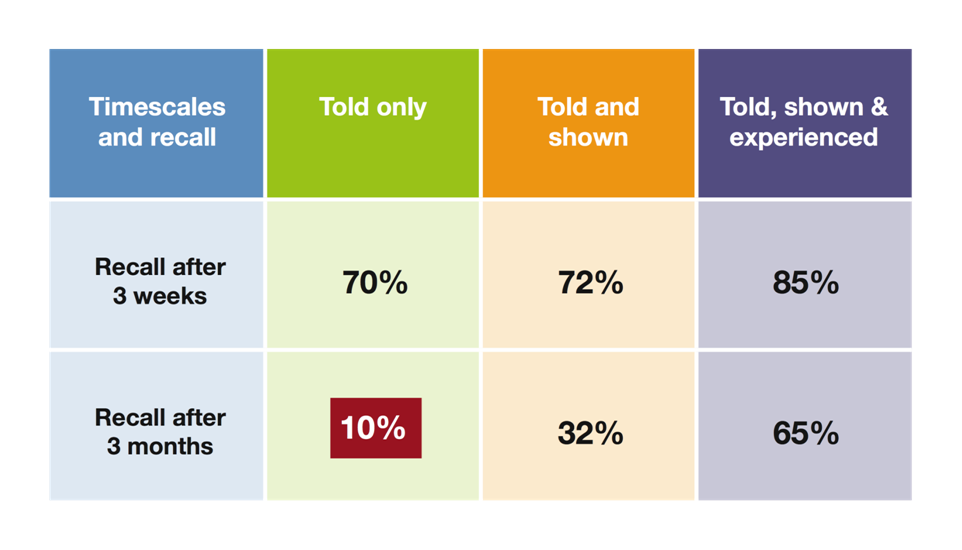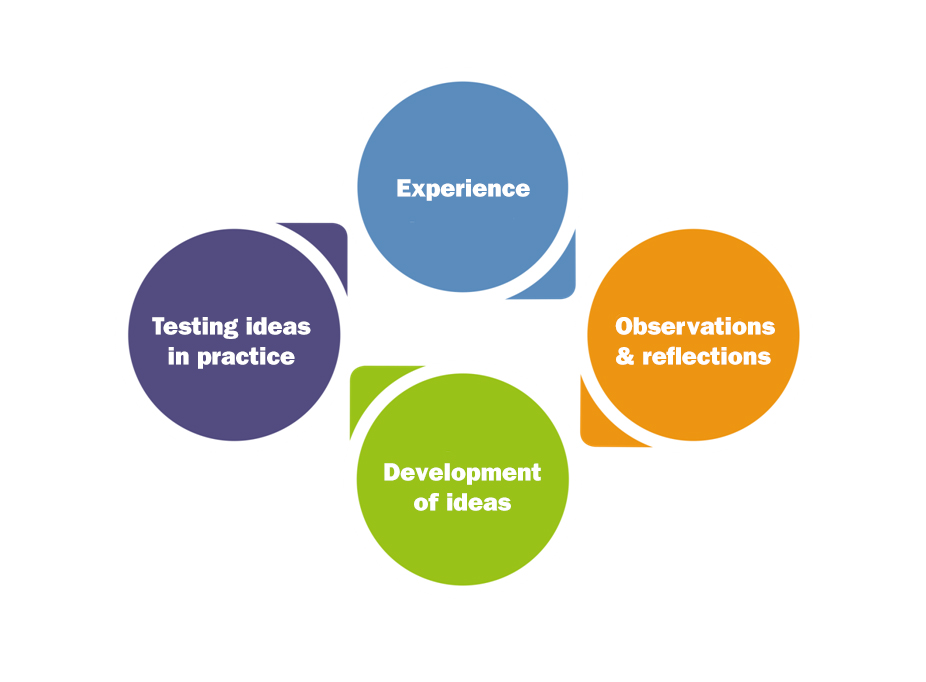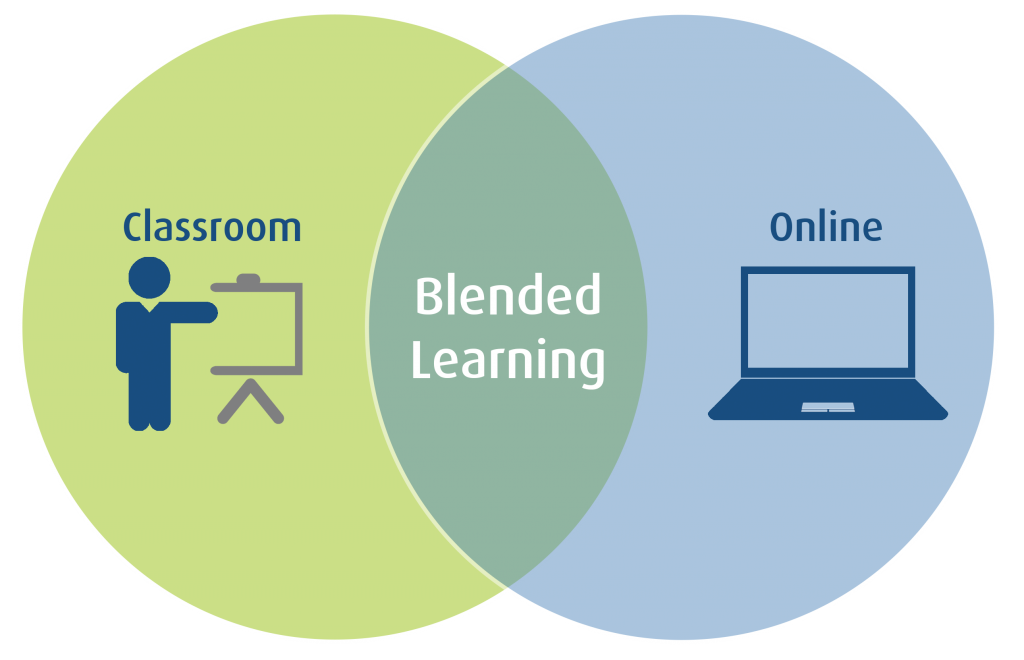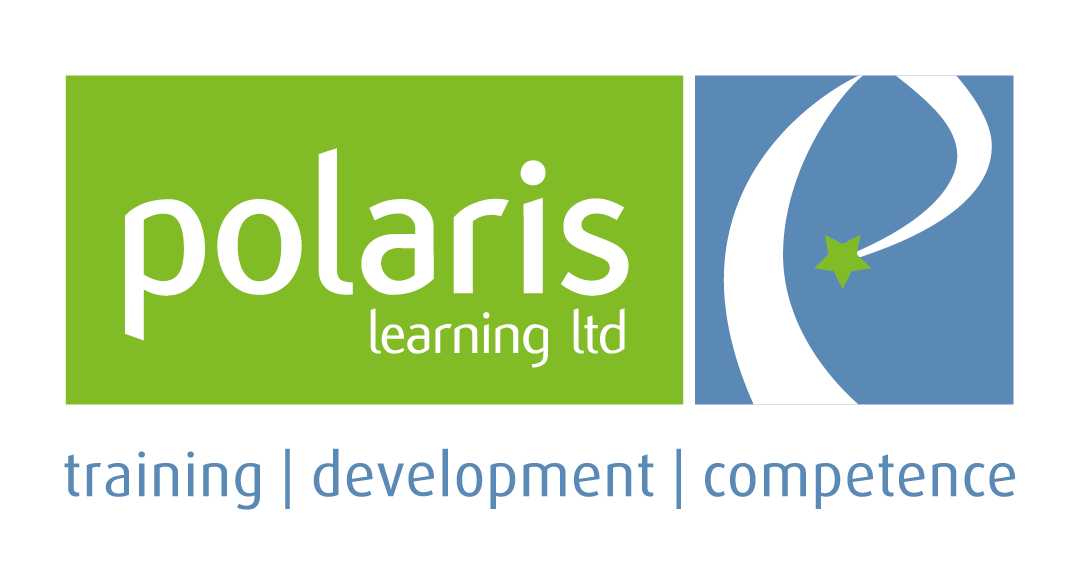The Training Challenge
HOW DO YOU TRAIN YOUR EMPLOYEES AND THEN MAKE SURE THEY RETAIN THEIR KNOWLEDGE?
When planning training and development for your team, there is now a wider range of options from traditional classroom-based training, online learning and blended learning.
We have included some things for you to consider when trying to decide what training and development approach is best for your team, as well as actions that you can take.

CLASSROOM TRAINING – WHAT DO YOU NEED TO HAVE IN PLACE?
Your Goals:
This type of training, when planned and delivered well, is an effective way to help the learners learn new skills and knowledge, even change their thought process, and develop new attitudes and behaviours. Being clear on your goals and objectives is important.
A Good Trainer:
A good trainer will ensure that everyone is involved, that different learning needs are addressed and that the learning objectives are easily met. The interaction that can be encouraged and the opportunity to get hands-on experience and instant feedback can be a powerful combination.
Transfering Learning to the Workplace:
With this approach to training, we need to build in tools to help the learners take what they have learnt, absorb it and apply it back in their workplace. There is a risk otherwise of overwhelming them with ideas, information, and knowledge that they cannot sift through afterwards, possibly leaving them to struggle to work out the key learnings that they can now apply in their job roles.
What to Avoid:
We need to be very wary of training delivery that is based on a large number of slides and includes very little interaction. Otherwise you risk finding yourself left with a group of people who might be bored, frustrated at the loss of time, or possibly confused and not quite sure what to do with the information.

HOW DO YOU MAKE THE MOST OF CLASSROOM TRAINING?
Pre-Course Work:
For short intense training programmes, providing some pre-course work to help learners think about what they will be trained on or giving them a small task to complete is a good starting point. Some will not do this pre-course work but some will and this should leave them feeling better prepared for the training and more able to absorb the learning.
Work Based Assignments:
After the training session, setting some kind of practical work based assignment is really important. This does not need to be time consuming or involve lots of writing.
The best ones are usually short activities that get your learners to apply what they have learned. It gives the trainer the opportunity to check they have understood and are able to apply key learning, and it gives you the opportunity to see what your team have taken from the training.
ONLINE LEARNING
Many of us will have experienced tedious online learning that has been unengaging, difficult to follow and added little to our knowledge or skills.
So the first thing to do when considering online learning is to make sure that it has been created by people who know how to train, ideally people who deliver classroom training and are applying what they know about face to face training to online learning.
Focus on the Learning Process:
The materials and the process should be built on the learning process, providing lots of opportunities for learners to re-visit material, practice what they are learning and receive feedback.
We need to take the learners through the learning cycle as they complete the course.

Provide Tailored Feedback:
The next thing to remember with online learning is that you ideally want the learners to still be supported by a real person who can check their work, answer questions and provide feedback. Automated feedback is important to offer guidance and give an immediate response but tailored feedback from the trainer is also required.
Build in Interaction:
Ideally, you want to look for online training where group learning is offered, often through online webinars facilitated by the trainer. This gives the opportunity for the learners to learn from each other, interact and for the trainer to reinforce or address any key learning points.
Flexible Learning:
Online learning done well is very effective and a good option.
It is a more flexible way to learn, allowing learners to choose when to learn and how to learn, selecting a range of learning materials, and re-visiting and re-doing at their own speed.
Avoid Intensive Learning:
For many people, an intensive training course where they are bombarded with a mass of information just is not going to be what they need to make a real change in their job role. Stretching out the learning process over a longer period of time is one of the ways to address this issue. It is easier to organise and less expensive than bringing learners together from possibly a large number of different locations.
Keep Your Learners on Track:
However, your learners do need to be kept on track and make sure that they complete the learning. The best way we find to make this happen is to set clear milestones and deadlines for work to be completed by. Both the training provider and the client then need to work together to make sure the goals are achieved.
BLENDED LEARNING – THE BEST OF BOTH WORLDS

Where possible, we would always encourage blended learning as the most effective way to change attitudes, adjust behaviours and develop skills and knowledge.
An ideal combination is the mix of very targeted practical workshops supported by additional online learning, with a mix of pre-course work and work-based assignments.
This combination gives the best opportunity to address some of the common barriers to learning such as:
- Catering to different learning styles
- Revisiting learning in different ways
- Providing time for reflection, application, review and feedback
- Allowing learners to go through the learning cycle many times and in a way that suits them
You can also achieve this through online learning combined with a series of interactive webinars, bringing the learners together, or through classroom learning mixed with pre-course work and post-course work.
A QUICK WIN – PERSONAL DEVELOPMENT ACTION PLANS
One idea that you can introduce quickly to help your learners get more from their learning is to provide a Personal Development Action Plan that they can use to capture key actions from the training.
We have attached a template for you to download and use.

For more testimonials, case studies and product information visit our product pages below:





